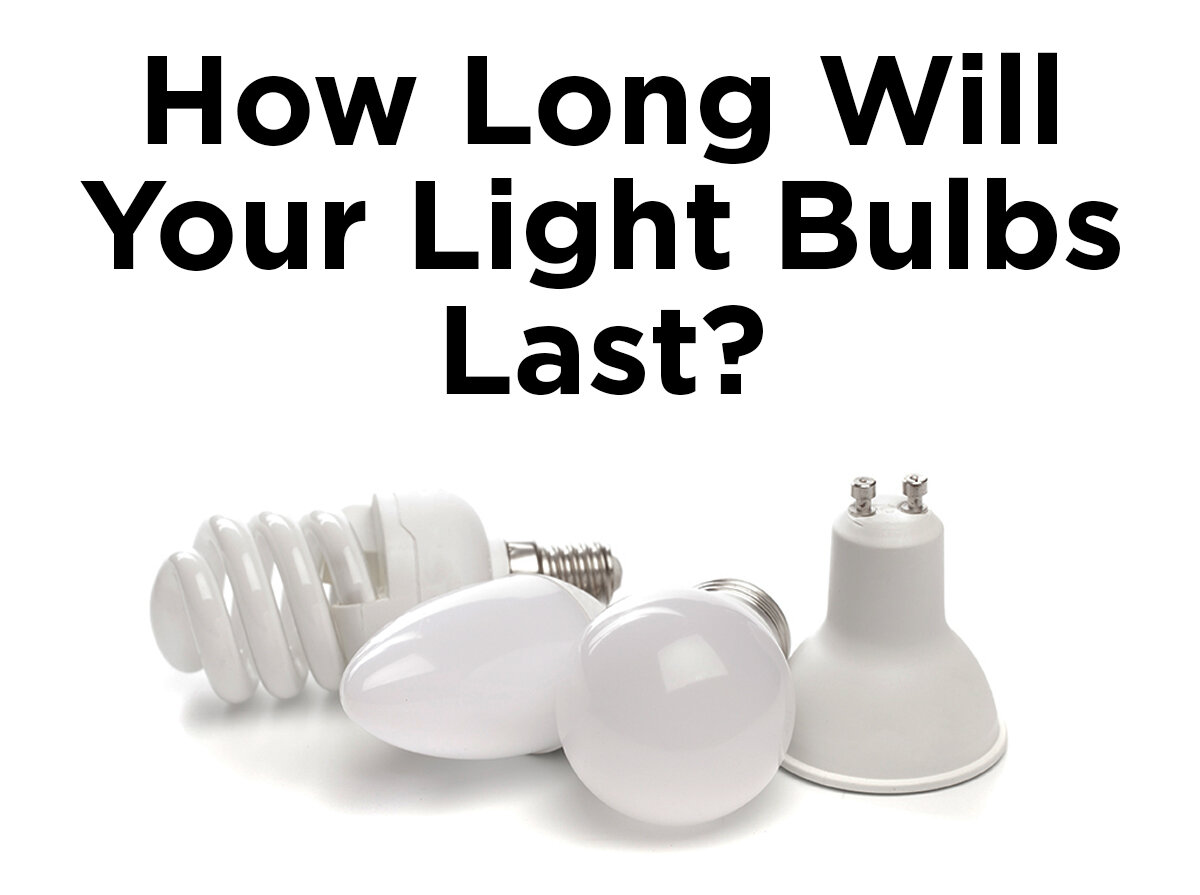Top Five Posts for 2015
The year is finally coming to a close. But before we toast away 2015 and ring in 2016, let’s look back at a few of our most popular posts from this year. From light bulbs humming a little ditty of their own, to some of the best fruits, veggies and herbs to grow in your hydroponic garden, here’s a look at five of our most popular posts from 2015.
Why Do My Lights Hum?
Whether the issue stems from voltage, or your electrical line, LED, fluorescent, and incandescent bulbs can all get a little noisy at times. Though LEDs do not have filament or a firing arc, buzzing is usually caused by electromagnetic hum or (EM) which is typically a result of inefficient dimming. To reduce the buzzing noise be sure that you have dimmable LEDs and that you are utilizing the correct dimmer for your bulbs. Buzzing is a little different when it comes to fluorescent lamps. Usually it is due to re-striking within the fluorescent arc, an aging ballast, or simply needing to replace your bulbs. Keep in mind that when using a fluorescent bulb with a magnetic ballast, you’re more likely to hear a hum than with newer electronic ballasts. Incandescent bulbs often do not hum, however on the rare occasion that they do, the noise can be traced to a dimmer being installed on the same line as the light. Constant voltage removal excites the filament within the bulbs, causing vibration and buzzing noises. To alleviate this problem with your incandescents, either consider upgrading to a rough service bulb or switching your dimmer.
Are Edison Bulbs Bright Enough?
Stunningly gorgeous and classically vintage, Edison bulbs have grown in popularity recently. However, unlike standard A19 incandescent bulbs, the brightness or luminosity is significantly lower in antique bulbs. The color temperature of a vintage bulb ranges between 1800-2400 Kelvin which is less than today’s incandescents that emit 2700 Kelvin or higher. The light radiated from antique bulbs resembles a soft orangish glow like that of a sunrise/sunset or flame.
Like their antique bulb cousins, LED filament bulbs are equipped with the same vintage look. But, Edison bulbs only last 1000 hours, whereas LED filament bulbs can last upwards of 15,000 hours. Another major difference is the filament is not fragile, and the light emitted is closer to standard incandescents. Although these lights last longer than the traditional vintage bulbs, there are still fewer bulb styles available. The choice is to use Edison bulbs really depends on your personal preference.
DIY Enchanted Rose from Beauty and the Beast
This year Disney lovers got a special treat when we recreated the Enchanted Rose from Beauty and the Beast using only a few items like a 5.6ft. battery-operated InvisiLite warm white LED string , glass bell dome, circular wood plaque, and of course a synthetic pink or red rose.
Rounding out just under $50, the Enchanted Rose was not only affordable, but an ideal piece of décor for bedrooms, bathrooms or even placed on your office desk.
15 Best Fruits, Vegetables, and Herbs for Hydroponics
Who wouldn’t enjoy cutting down on their grocery bill and having access to fresh fruits, veggies and herbs year round. This year we took a closer look at 15 things that could be grown easily using hydroponics. Vegetables consist of lettuce, tomatoes, radishes, celery and cucumbers. For fruits we focused on blueberries, strawberries, cantaloupe, watermelon and even grapes. Grapes are a little more labor intensive but with plenty of water and the correct use of a bucket system, it can be done! Growing quite rapidly, herbs are simple to maintain and work to enhance almost any dish you could think of. Some herbs that work well in a hydroponic system include sage, rosemary, basil, chives and oregano.
Do LED Lights Attract Bugs?
Nothing can end a good time outdoors faster than swarming, nibbling, bothersome bugs. Although bug lights are one of the best ways to ward off our flying friends, LED light bulbs can be helpful, as some insects have a difficult time seeing the light emitted from LEDs. The reason for this is LEDs, most often the ones used for residential purposes do not transmit a large amount of light from the UV spectrum. Furthermore LEDs do not transmit a large amount of heat, which also lessens bugs attraction to the light. The reality is, although LEDs attract fewer insects than their incandescent pals, bugs are still attracted to you and your body heat.
This year, we hope that you enjoyed learning about the different benefits of light as much as we enjoyed writing about them. Stay tune next year as we bring a little more informative illumination into your world. Feel free to ask questions in our comment section, and as always you can reach us on Facebook, Twitter, LinkedIn, or Pinterest.












